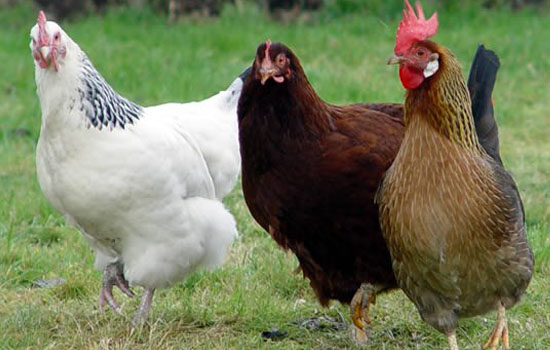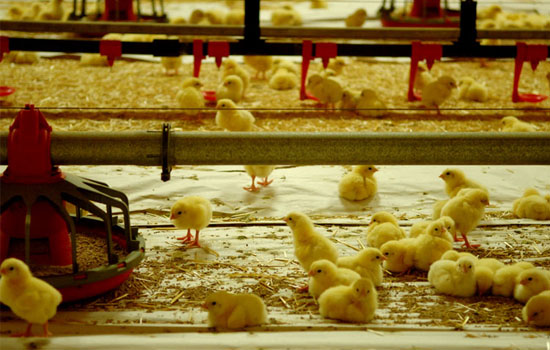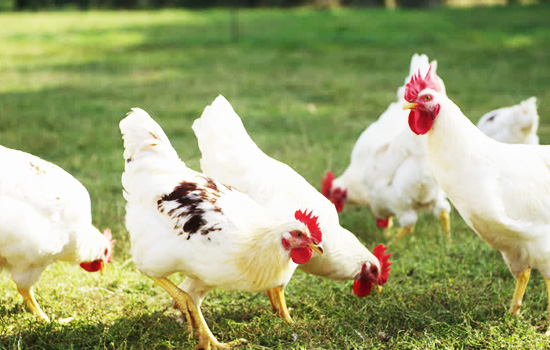What is the Most Suitable Density for Winter Chicken House?
- Published in Method of breeding chicken
It is generally believed that an appropriate increase in the stocking density of the house can increase the temperature of the house, which is conducive to the winter insulation of the house, but the stocking density should not be too high. Tests have shown that the feeding density of each cage is <4.2, which can maintain the higher productivity of the laying hens and positively affect the cold insulation of the house. automatic poultry farming equipment.
Therefore, in the winter, the stocking density of the chicken house can be appropriately increased to increase the temperature of the house, which brings considerable economic benefits to the farmers and reduces energy consumption.










